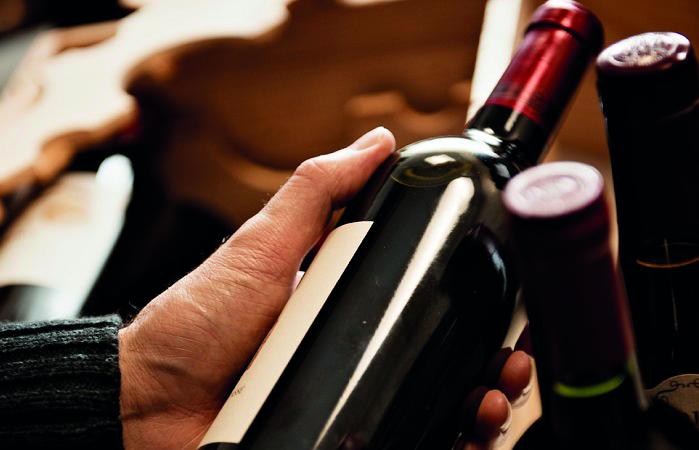


by Darren Willmott
A vintage wine is made when a producer feels that all of the individual elements have come together perfectly in both the vineyard and the winery, and they can craft a wine that stands above others and reflects the year in which it was made.
Despite the radical advances in 20th century wine production technology, one factor still remains untamed; Mother Nature. In the post-war years a producer could expect to make quality vintage wine in just three years of every decade. A further three years would perhaps be considered ‘good’ whilst the remaining four years were written off as ‘Poor’ and not a good representation of the producer’s best work.
These days technology facilitates a consistent wine almost every year, even in vineyards sited in dubious climates. Weather deficiencies are easily counteracted by adding or subtracting the qualities given by the missing elements. In an extreme example, one producer with enough funds at their disposal deployed helicopters above their vineyards to disperse the approaching storm clouds. Despite such advances I did wonder how the vignerons of Champagne could muster the energy to bring in the recent 2017 harvest when, even though it went well, the odds that they will actually release the wines are already seriously stacked against them. Taking into account all external factors, virtually no vintage Champagne has been declared in years ending with a seven in over 100 years. Yep, that’s correct, in spite of all the technological advances something nearly always goes wrong if the year happens to end in a 7. The mid-war year of 1917 wasn’t produced for obvious reasons, and the poor weather 1927 has been expunged from the history books altogether. The 1937 which, although rated as ‘outstanding’, was ready to drink in 1939 and fully requisitioned by thirsty WW2 British troops before invading German armies could get their hands on it. The revered year of 1947 is our exception; something of a well-deserved post war miracle that kept many Champagne producers afloat after years of bad results. Both 1957 and 1967 were lost to the rains of time, their hot summers followed by dismal September harvest conditions. 1977 was as equally poor, garnering the one-word critical appraisal of ‘Unattractive’, although some bottles were produced anyway in the guise of commemorating the Queen’s Silver Jubilee. A wet spring and summer in 1987 once again produced sodden and un-useable grapes. Bizarrely the ripe and healthy grapes of the 1997 harvest slipped through the net as, trailing the 1996 (hailed as the vintage of the decade) and just ahead of the well-publicised final millennial vintages of 1998 and 1999, even the possibility of a great Champagne was largely discarded by many producers. 2007 was once again cold, wet and uneven, with hail decimating certain vineyards. Requiring careful grape selection, Bollinger were one of the few houses to release it. Taking into account the law of averages which dictates that vintage quality conditions cannot occur every year, what are the chances that, once again, the year ending with 7 suffered the damp fate? Only 2001 saw similar conditions in the whole decade. Now that the grapes of 2017 are picked and safely maturing, time will tell if it will be the year to break the cycle. Read Darren’s blog at: vinesight.me